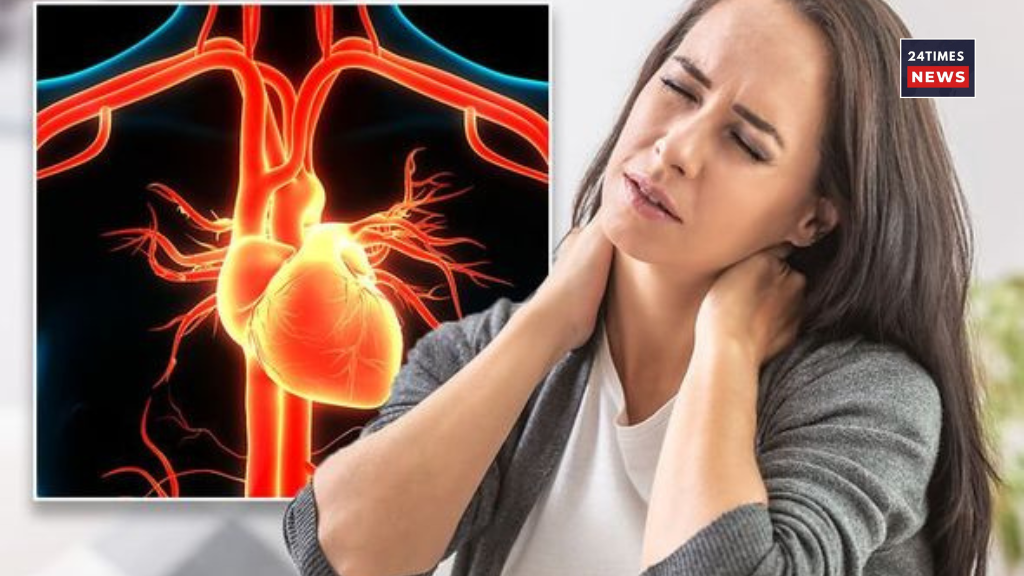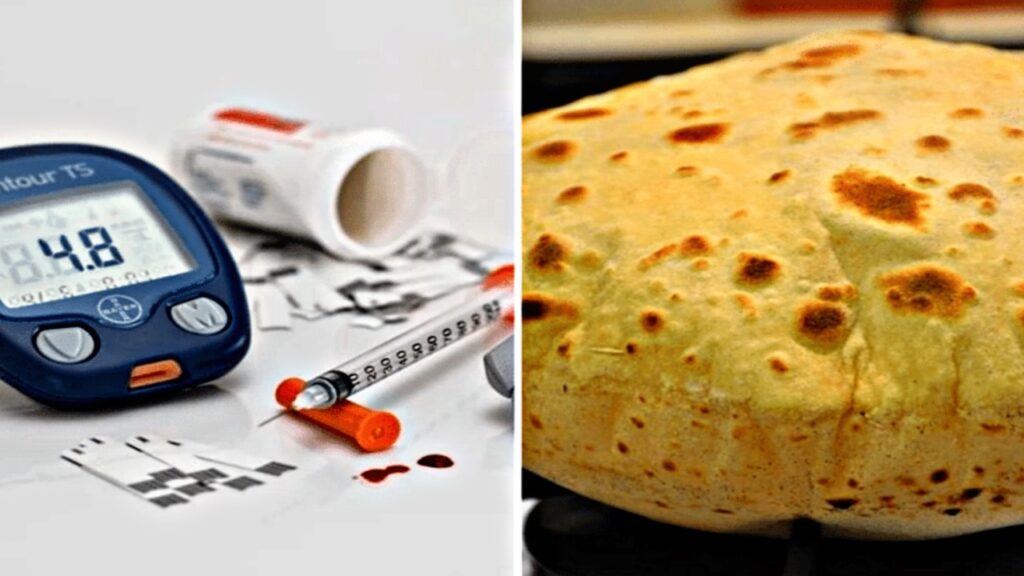Silent Heart Attack Symptoms
These days, heart attacks are not usually dramatic, cinematic events. Many patients, some in their 30s, visit hospitals after ignoring days of what seem like minor discomforts such as fatigue, acidity, or muscle strain. Because heart damage may already be substantial by the time the patient recognizes the problem, these so-called “silent” heart attacks are extremely dangerous. Heart attacks in India often don’t manifest in the way most people expect. Lifestyle factors such as stress, smoking, irregular eating habits, and long working hours contribute to the risk. Although genetics can increase susceptibility, the current situation is concerning because heart attacks are no longer limited to senior citizens. What makes these warning signs so deadly is their covert nature. The body’s tendency to misinterpret cardiac discomfort is one reason silent heart attacks are so misleading.
One of the most overlooked aspects of heart attacks is that the pain is not always felt in the chest. Because the neural pathways of the heart, stomach, and back muscles overlap, cardiac discomfort is often “referred” to other areas. For some people, it manifests as persistent shoulder or back pain, upper abdominal discomfort, or ongoing acidity. The problem is that these symptoms are rarely linked to the heart. People may massage their back, take antacids, or simply wait for the discomfort to pass. In reality, these might be the first warning signs of a heart attack.

When these issues occur alongside sweating, lightheadedness, or unusual shortness of breath, the connection to the heart becomes clearer. Seeking medical attention immediately at that stage can be life-saving. Recognizing that a problem that appears to be muscle- or stomach-related may actually be cardiac in origin is crucial.
The Rise of Silent Heart Attacks and Lifestyle Factors
Urban living, sedentary lifestyles, and poor dietary choices are subtly affecting heart health. Smoking, pollution, and unhealthy eating habits further increase the risk. Unlike the classic heart attack depicted in movies, many modern incidents begin with seemingly ordinary issues like fatigue, back pain, or acidity. Silent heart attacks are becoming more common because people often ignore these warning signs as trivial. What is particularly concerning is that these issues are appearing in significantly younger age groups compared to Western populations.

While genetics are beyond our control, lifestyle choices are not. Risk can be significantly reduced by undergoing regular health check-ups, eating a balanced diet, avoiding tobacco and drugs, and engaging in at least 30 minutes of exercise daily.





